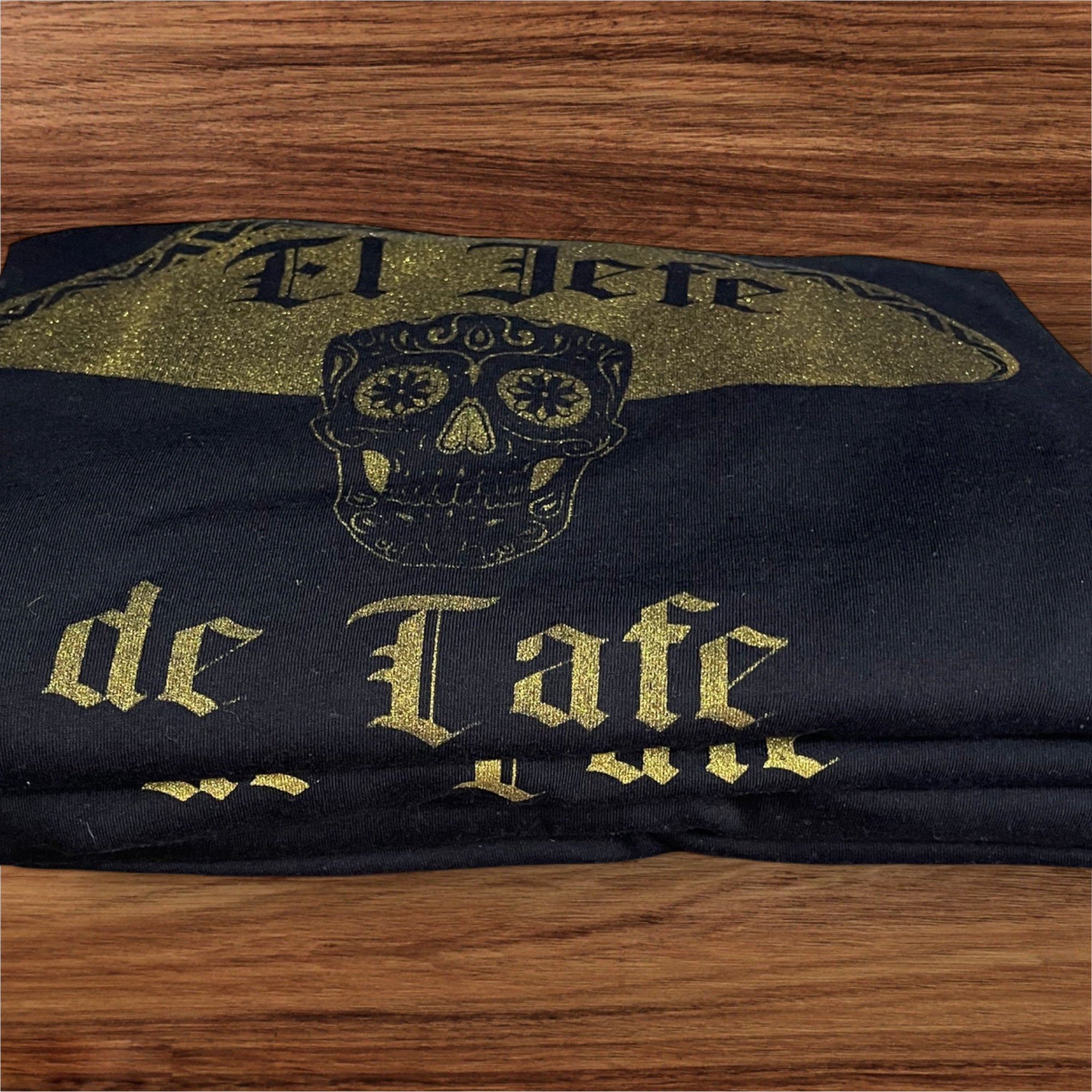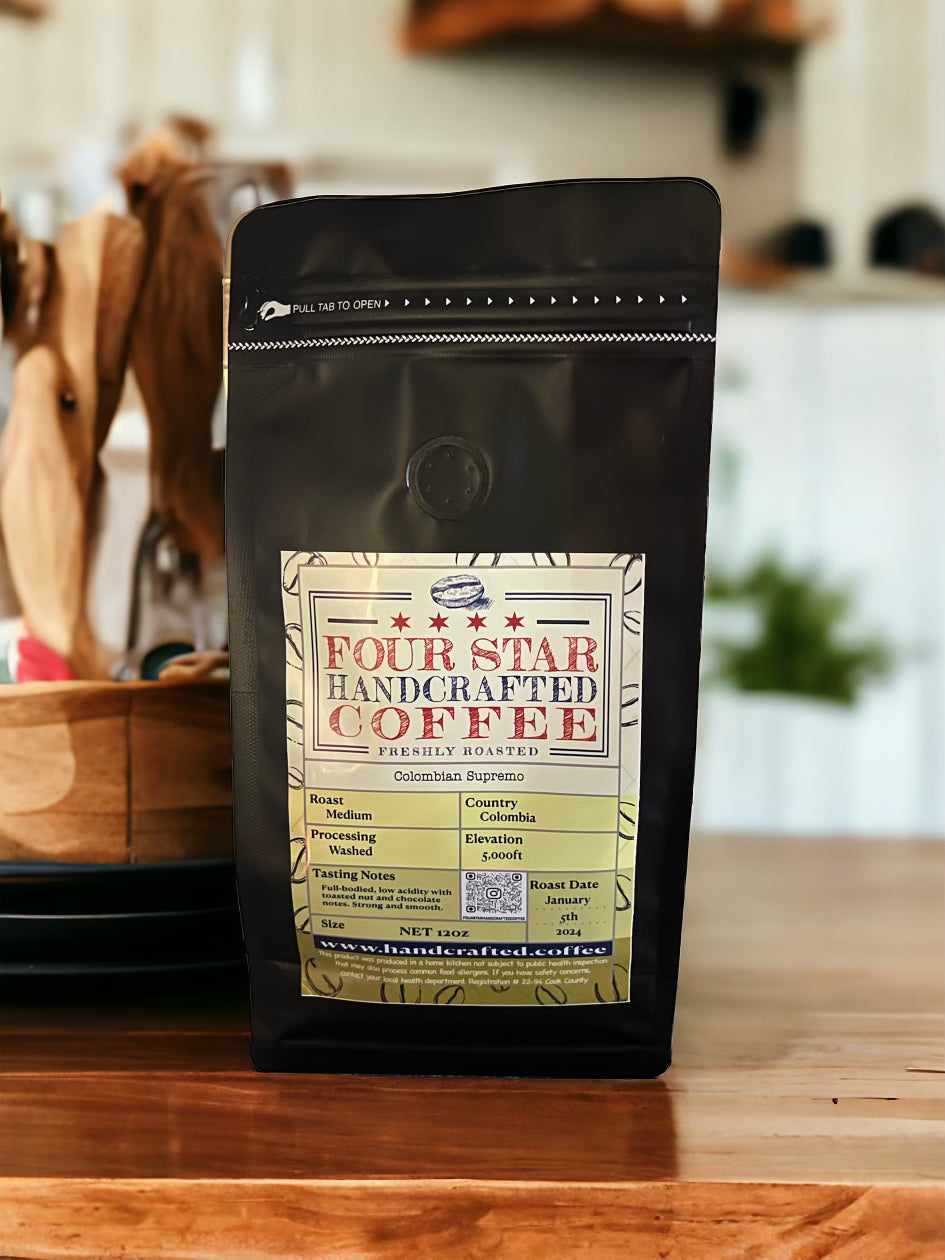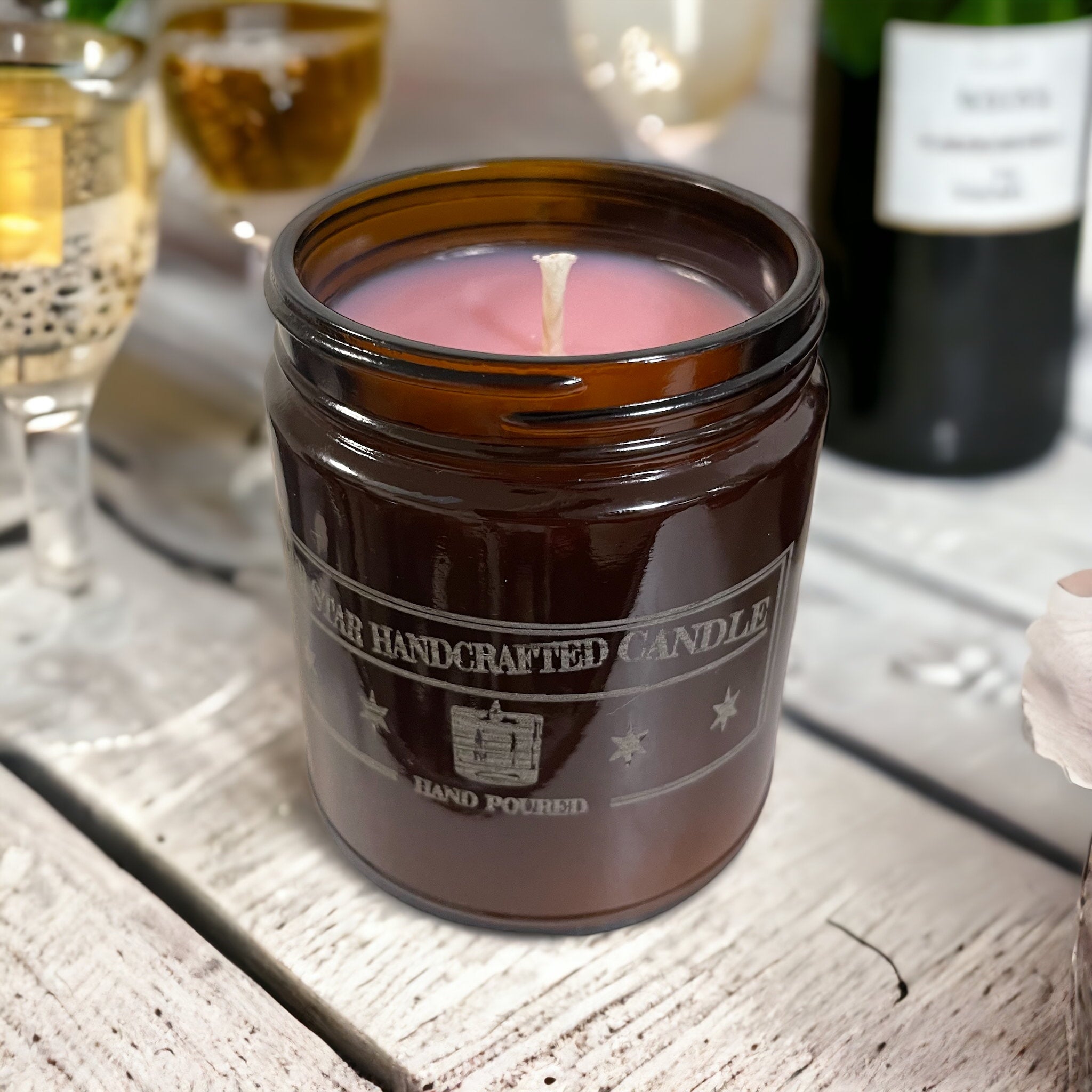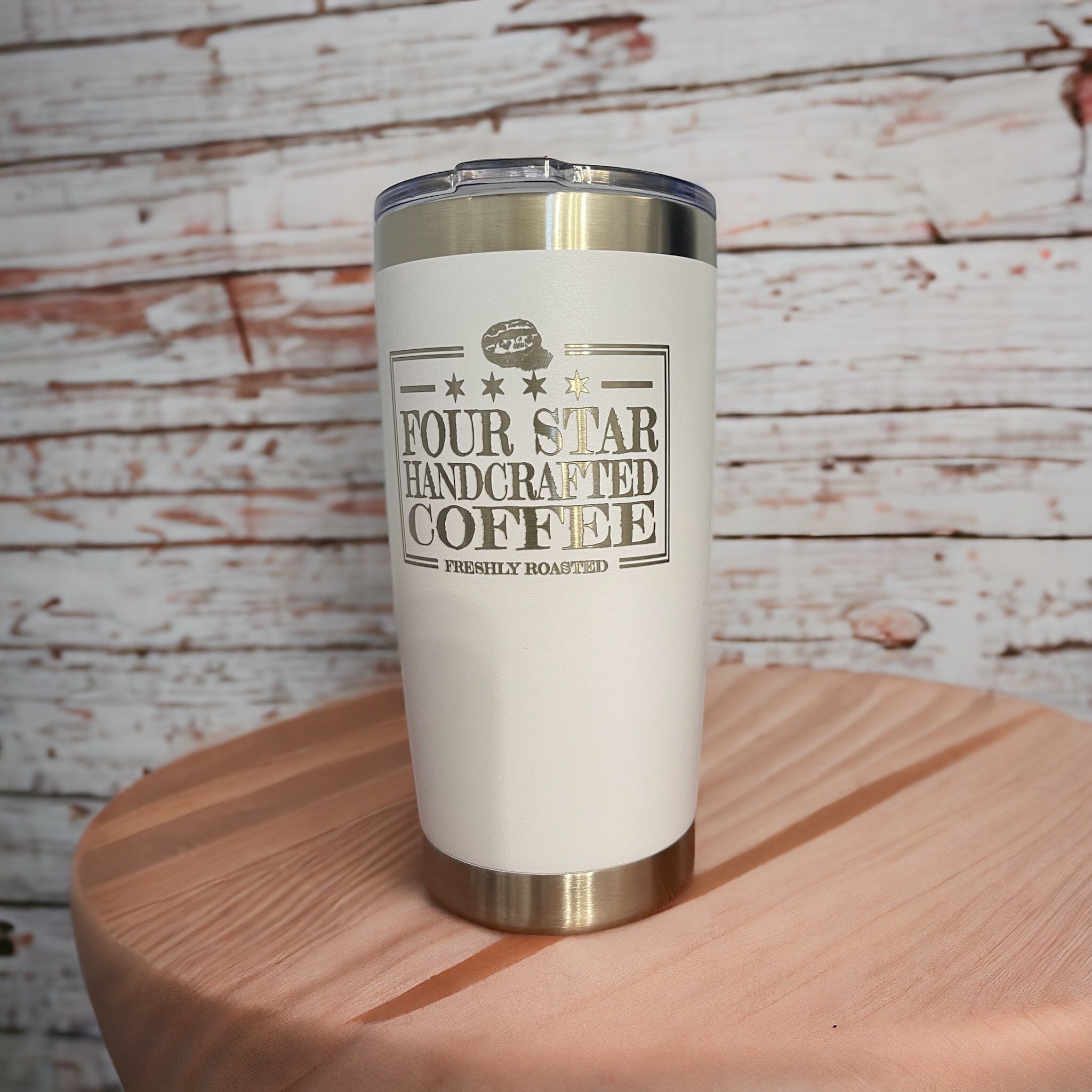How to Brew
There are many many ways to brew your coffee, but we're going to start with a pour over and generally some of these steps can be take to other drip coffee methods too.
First Things First... Rinse the filter!
Before you get your brew going, you're going to want to rinse your filter in hot water first (make sure your filter is in your brewer without coffee grounds in this step!). This rinse will get rid of the papery "taste" if you don't rinse first. This also gets your brewing equipment warmed up to make sure you're set for a great cup of morning (or evening) coffee!
Set the grind size (or have us do it!)
There are some key elements to getting the grind right and this generally consists of size, how it is ground and when to grind.
If you want the freshest option you'll want to pick up a grinder and grind the coffee just before brewing, a burr grinder is best since it will "grind" and not simply chop your coffee beans like a blade grinder, which often leaves the coffee uneven and inconsistent. Of course we can send you your coffee ground to match your brewing method, but keep in mind the coffee once opened will oxidize faster compared to whole beans (the coffee will still be good, but not as fresh if you store it for weeks without use).
As mentioned, the size of the grind is key. Generally for a pour over you'll want a coarse grind and with espresso you'll need a fine grind for the extraction. To give you a bit more, think about it like this:
Coarse or larger coffee grounds have less contact with water and the extraction is slower, which is opposite when we think about finely ground coffee for espresso. The balance here is in the flavor profile you get, too little extraction (short brew time or very large/coarse grounds) can lead to a watered down coffee with no profile. Extract too much and you'll find your coffee is more bitter because the coffee grounds are too fine.
Dosing (how much coffee and water).
Ensuring your coffee to water ratio is consistent will help your dosing, which will allow you to make some tweaks for taste later. Generally we would suggest a coffee to water ratio of 42 grams of ground coffee to 24oz of water. The ratio here is approximately 1:17 in weight or 1 gram of coffee for 17 grams of water, but we've tried to simplify this a bit for you.
This again is a good starting point, but you might find that you'd like a bit more or a bit less coffee depending on the taste, similar to the grind. If you find the coffee to be bitter, try grinding the beans a bit more coarse.
Perfect Your Pour.
Now we move on to the pour! Bloom, that is the first pour and you'll be familiar right away because the coffee will bloom around the filter on the initial pour. This pour gets all of the coffee grounds saturated with water and generally takes around 40 seconds. You'll want to pour enough water to get all of the grounds saturated and a good rule of thumb is 2 to 1 or two times the amount of water to the amount of coffee grounds.
On the next pour, make sure you are using a circular motion around the filter to saturate the coffee grounds the have bloomed up the filter and push them back down the "cone" of the filter to extract. Typically a tea kettle that has a gooseneck is helpful in this step to move those grounds down.
Water Water Water (right temp and clean!)
Make sure you're water is just off of boiling (should be around 200 - 205 degrees or 30-40 seconds off of boiling). If the water is too hot or still boiling when you pour, you risk making the coffee bitter and altering the flavor of the coffee. Also, don’t use water to make coffee that you wouldn’t drink!
More brewing questions? We’re here to help, reach out to us.










![Stagg [X] Pour-Over Set - Four Star Handcrafted Company](http://handcrafted.coffee/cdn/shop/products/staxx-x-with-drippercopy.jpg?v=1766867983&width=1600)
Leave a comment